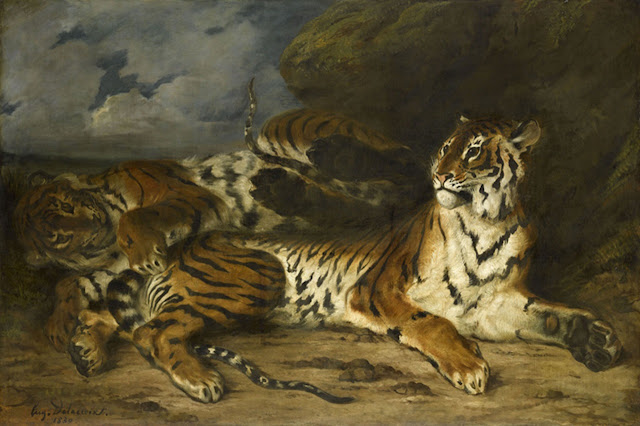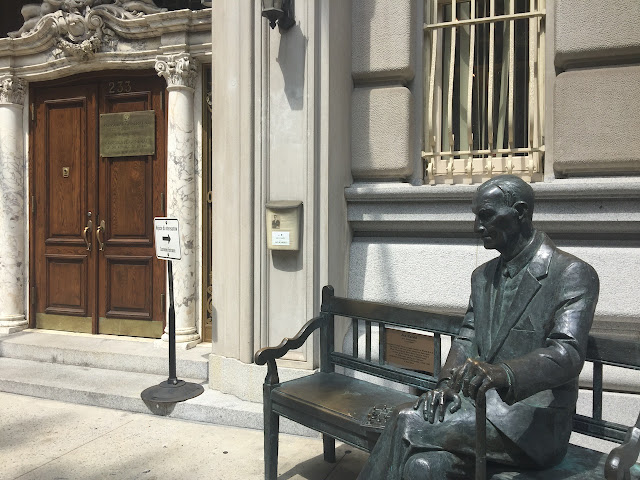Search This Blog
A strolling guide to New York City by writer and photographer Teri Tynes. Active during the years 2007-2021, Walking Off the Big Apple plans new walks away from the city in the summer of 2025.
Posts
Showing posts from 2018
Coming this summer 2025
A Hudson River Camino - a cultural and spirit-filled pilgrimage up river.
In the Unruffled Waters at the Top of Manhattan
- Get link
- X
- Other Apps
The West Side Piers: Where Hell’s Kitchen Meets Hudson Yards
- Get link
- X
- Other Apps
June 11, 2025 in Beacon, NY

On a day trip from NYC












